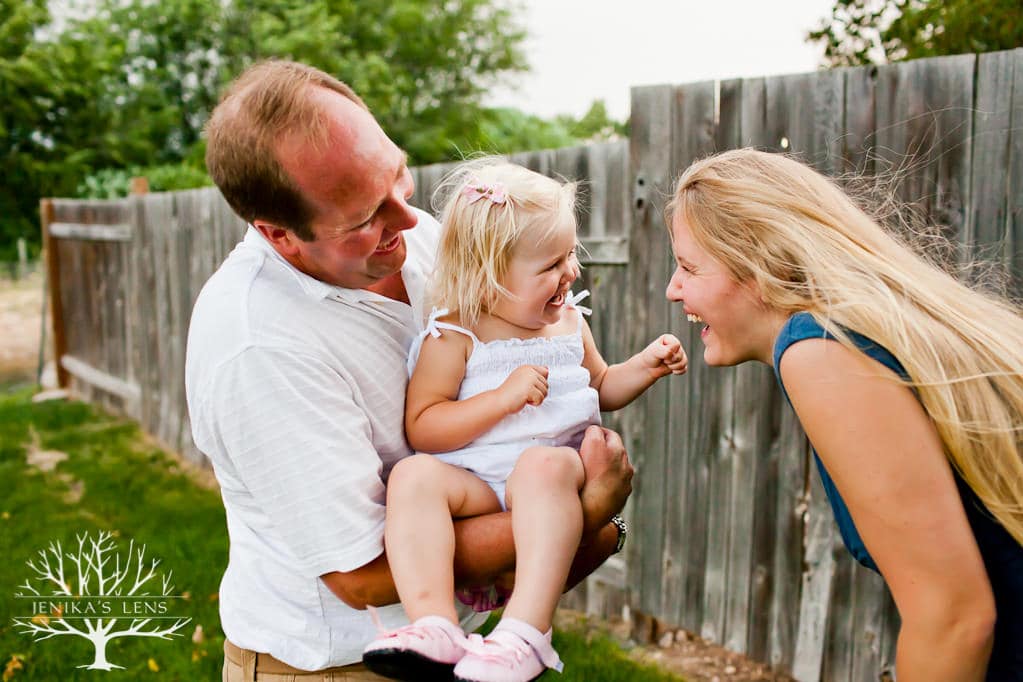The Blog Library
Selling Photography to Women | Part I
 We talk to a lot of women in this profession, don’t we?
We talk to a lot of women in this profession, don’t we?
Moms and brides tend to book the sessions. They usually serve as the main contact point and are often the influential decision-maker in the sales process. How can we take this into account when we decide how to book, interact with, and sell to clients?
Men and women often buy the same things, but they may use different processes to arrive at their decisions.
Martha Barletta, author of Marketing to Women, compared the way a man and a woman might decide which pair of black slacks to buy.
Men, she said, tend to have a short list of key features in mind: “Pleated, cuffed, under $100.” He wants to find something that meets those criteria and go home.
Women, however, do not define what they want by the features of the product, but rather the end use. A woman might think “I want black slacks to wear to my job interview on Friday.” As she searches and finds some options, other considerations start to come to mind. “Are they dressy enough to also wear to something more formal? Or should I get something more casual that I can wear to work every day? Are these dry clean only or can I wash them at home?” She adds criteria as she goes along and compares what she sees.
Given this information, we may subtly reshape the way we talk about our offerings to best suit the way she’s thinking about the decision:
1) Advertise your products in terms of their use rather than just their features.
We may be proud that our prints have a UV-resistant lustre coating. That’s a great feature. But when describing it, why not translate that into “These prints won’t fade on your walls, and they’re less likely to be damaged by fingerprints and small scratches from normal use”? That small shift can make lightbulbs go off – suddenly that feature translates into an actual everyday benefit.
2) Ask her how she intends to use the photographs.
A too-often repeated conversation in retail clothing stores goes like this:
Salesperson: “Can I help you find something?”
Shopper: “Oh no, I’m just looking.”
What the shopper might actually be thinking: Well, I need a dress for the party on Saturday, and maybe a scarf, but it depends on the dress, and I don’t know if I want it to be sleek or more playful, it kinda depends on what looks most flattering, and if it’s not too expensive maybe I can get some shoes…..” In other words, she doesn’t need a salesperson to show her where the entire women’s department is, and she has no idea what she’ll end up with, so no – they can’t help her find something.
A savvier salesperson might ask: “Are you buying for something specific, or just looking for fun?” The shopper then might say something about the party, which gives the salesperson to say “You know, we just got a new dress that would be great for a party.” Instead of the shopper refusing help and wandering out of the store, the salesperson has a chance to have a dialogue and help her get what she needs.
So ask her what she will use the photos for, and direct her attention accordingly:
Does she want to decorate her house? Canvases right this way!
The family blog needs a facelift? Here’s the lowdown on the digital files.
Are the images a gift for someone? Here are the hot gift items, maybe you can interest her in some mini-albums.
Does she just want someone else to take the pictures for once in her life? How about we make this session into a full-on album so she doesn’t have to scrapbook, either.
Tell her which products fit that end use up front. You can spend time extolling the virtues of your other products later – maybe you can point out how those fill needs she may not be aware of. But start with the needs she has in mind first.
When you give clients information that aligns with the way they make decisions, they’ll feel understood and well-attended. You’re more likely to hit the nail on the head in meeting their needs, which translates into better sales.

